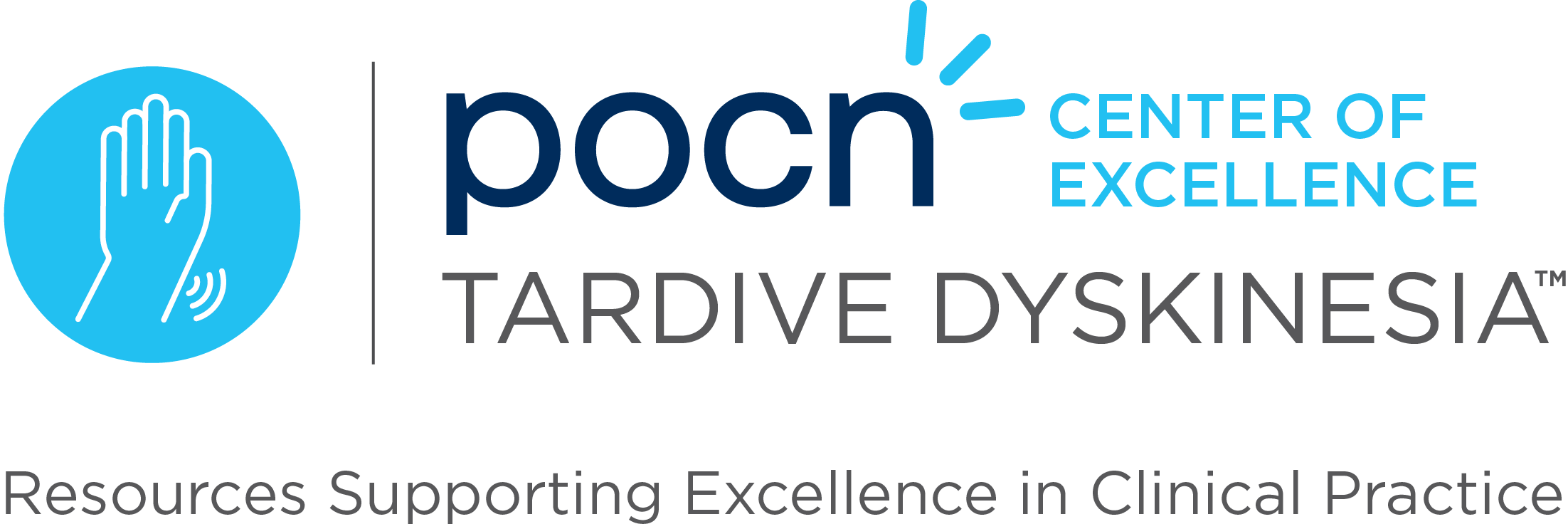Tardive syndrome encompasses a range of persistent hyperkinetic, hypokinetic, and sensory phenomena resulting from chronic exposure to dopamine receptor blocking agents (DRBAs). Tardive dyskinesia, the most well-known form, involves repetitive oral-buccal-lingual movements and other similar motions in the limbs, trunk, or pelvis. Tardive dystonia, characterized by dystonia as the main feature, often includes retrocollis and oromandibular dystonia. Other manifestations of tardive syndrome include tardive akathisia (restlessness and an urge to move), tardive tourettism (motor and phonic tics), tardive tremor (postural and kinetic tremors), and tardive pain (chronic pain in areas like the mouth, tongue, or genital region without physical findings).
Tardive parkinsonism, a controversial diagnosis, refers to persistent Parkinson-like symptoms even after discontinuation of DRBAs. However, it is debated whether this represents drug-induced parkinsonism or the onset of idiopathic Parkinson’s disease coincident with DRBA use. The term “tardive syndrome” serves as an umbrella term for all these conditions, with tardive dyskinesia being a subset within it. Understanding the various types of tardive phenomena is essential for diagnosing and managing these complex and often distressing conditions associated with DRBA therapy.
Reference: Truong DD, Frei K. Setting the record straight: The nosology of tardive syndromes. Parkinsonism Relat Disord. 2019;59:146-150. doi: 10.1016/j.parkreldis.2018.11.025.


